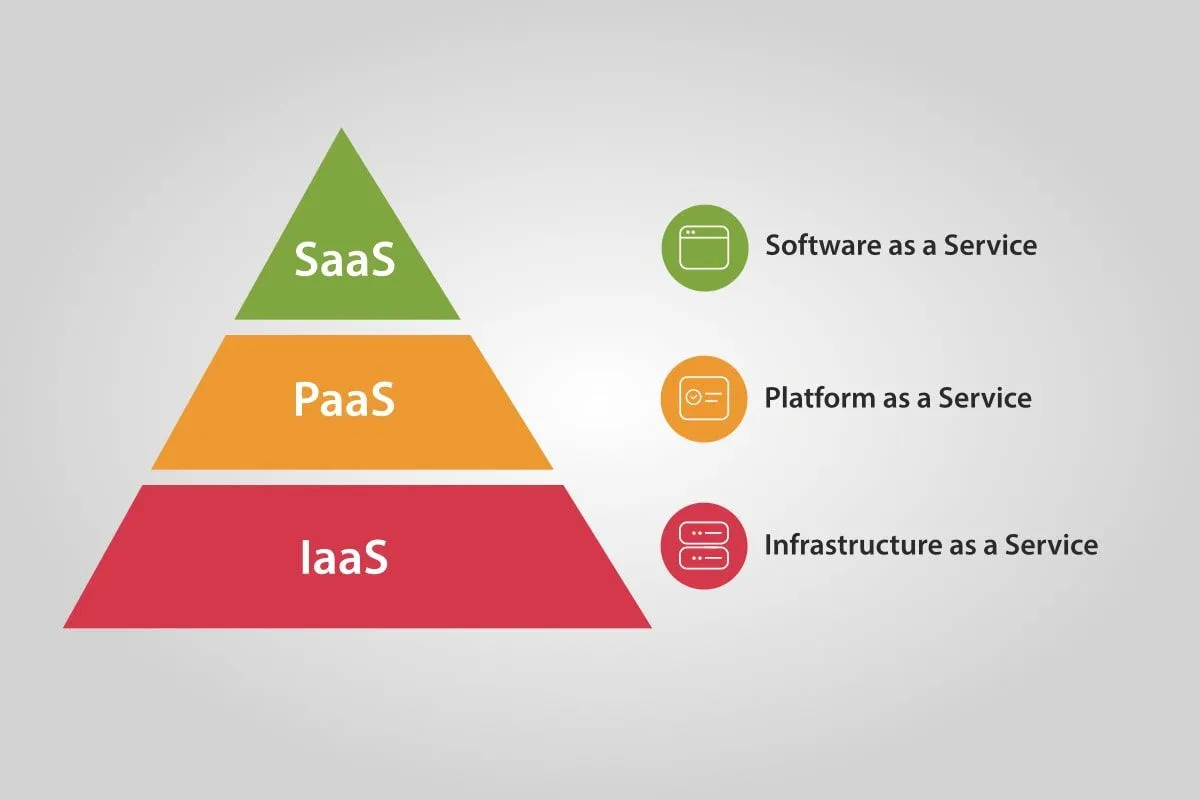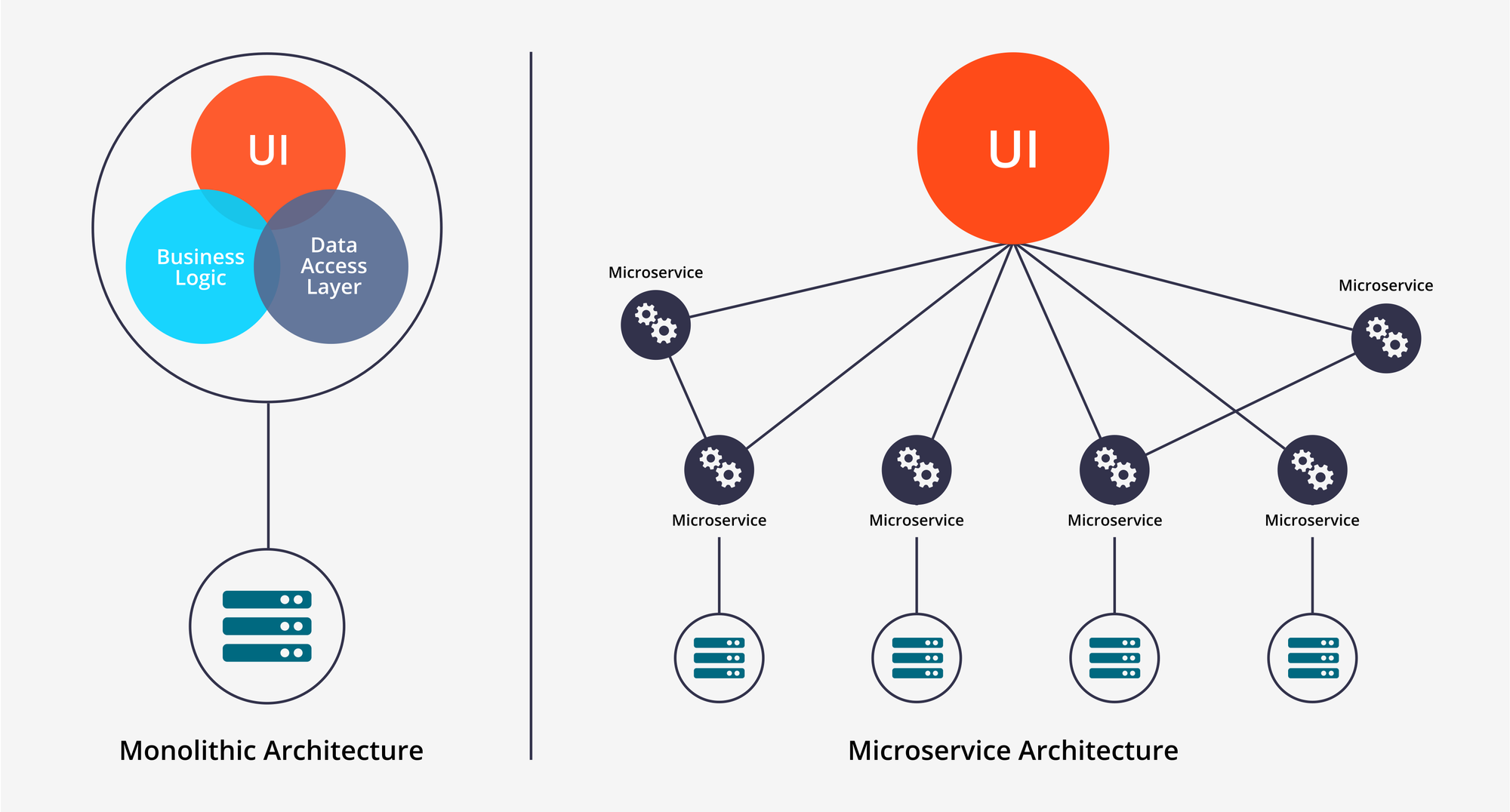What Is Cloud Native?


Change, progress, and overall improvement all accelerate the pace of development in today's technology. This has enormous implications for companies worldwide. In general, one important rule applies: Staying on top of major technological trends can be risky, but it opens the door to new opportunities for both companies and individuals.
The internet enables users to search for relevant information and, by using the cloud, store and access documents and various data. The cloud also enables a new method of application development and deployment: cloud-native applications. Cloud native means being compatible with modern cloud platform stacks and keeping pace with developments across the cloud platforms market.
Before we dive further into the topic of cloud native, let's introduce the cloud and its role in cloud computing.
What Is a Cloud?
The cloud, or cloud computing, refers to software and services running on the internet. Users access different applications and files from any device. The primary basis is that data storage and computing is located in remote data centers and not on users' devices. As a result, access to all documents, internal data, and especially applications move from personal devices to internet servers known as cloud.
Through the cloud, businesses can create innovative business models more effectively, which in turn enables them to reduce issues related to the performance of their services, decrease outage resolution time, and increase revenue. Companies are then empowered to manage their whole performance much more efficiently.
What Is the Role of Cloud Computing?
The idea of cloud computing is similar to that of traditional computing, with the main difference hidden in its solution to the overall architecture. By using cloud computing, users and companies do not have to manage physical servers themselves or run software applications on their machines, thus avoiding expensive architecture investments.
Cloud computing offers three main functions, each in the form of a stack built from the bottom up:
- Infrastructure as a Service (IaaS): IaaS enables the storage and execution of different calculations on rented servers (e.g., Microsoft Azure, Google Computer Engine, and Rackspace) without the cost of hardware.
- Platform as a Service (PaaS): PaaS eliminates the need for managing infrastructure and instead focuses on application deployment, in areas such as development, testing, or security improvements. SAP Cloud, Microsoft Azure, and Heroku are some examples of PaaS.
- Software as a Service (SaaS): From the service providers' side, SaaS manages, updates, maintains, and resolves the security of applications. For end users, this translates to application access via the internet from personal devices. The most popular SaaS products are Dropbox and Google Workspace.

Image credit: LITSLINK
Cloud computing offers and supports the architecture and location of those applications, but it doesn’t deal with software delivery to end users. This distribution of services depends on their implementation.
What Does Cloud Native Mean?
Cloud native is a new approach in software development that expands upon traditional application modeling by managing and providing services through the cloud. This is both quick and practical. Its operating resources offer a fully managed service model, which is at the core of the application's sustainability. Cloud native, based on cloud computing methods, describes how the services are arranged rather than distributed.
Cloud native provides various services in the form of applications that must reflect customers' actual expectations. When building a cloud-native app, its structure is essential. Customers and end users should not have to worry about the app’s hardware or maintain replication in their database. Instead, they can focus more on improving current processes or implementing additional ideas.
Why not try our 30-day free trial?
Fully managed, API-first analytics platform. Get instant access — no installation or credit card required.
Get startedWhat Are Cloud-Native Applications?
Cloud-native apps are deployed on serverless and containerized application models. The containerizing method reduces the difficulty of the application launch. In comparison to traditional applications, which run as integrated applications that require an operating system, database, and power supply, cloud-native apps tend to be developed to run in containers. Each container is an application that can share resources and memory without requiring a whole operating system for support.
Also, a serverless approach allows developers and consumers to create apps without managing servers, allowing for the separation of application development provided by the cloud.
Cloud-native apps are provided as a collection of microservices packaged in containers. Breaking down the application into a series of small microservices allows the developers to deploy applications, configurations, and other dependencies within a container. Each service is self-contained, with its code, data, and dependencies encapsulated. A microservice mirrors various business processes; a container arranger, known as an orchestrator, manages the deployment of each microservices in a software container. Each service has its datastore instead of a substantial relational database, depending on the data requirements.
The application interface is on the top of the microservice architecture, whose design meets predefined requirements and allows customers to access a variety of services.

Image credit: weaveworks
What Are The Benefits of Cloud Native?
Cloud native offers many advantages to companies and individuals alike:
- Resilience and stability: Several servers are reconnected in the background of cloud-native applications to provide a single, integrated solution. In the event of a server failure, the user will still have an active connection without the network's systems shutting down, ceasing to function, or losing their operational capabilities. In terms of stability, the management of servers is outsourced to vendors, specialized in resolving possible outages and keeping the system stable.
- Scalability and adaptability: Acting as a user-friendly solution while allocating IT resources, storage space, and processing power can be expanded or reduced depending on the company's requests.
- Flexibility: Cloud Native’s flexibility allows access for every user anytime and anywhere, via smartphones, laptops, or desktop computers.
- Availability and improving velocity: Cloud native enables the deployment of new updates, bug fixes, and outages without limiting end users. For example, if one microservice crashes, the whole application will still continue to run.
- Cost-effectiveness: Cloud native, especially cloud computing, removes IT expenses and overheads. An organization no longer needs to update and maintain its servers, as the cloud vendor they are using will do that.
- Fast development and easy updates: Cloud-native applications can be updated more efficiently because they are broken into smaller pieces, or microservices, and run in containers.
As an impact on business processes, cloud native brings new ideas to market and responds faster and sooner to customer demands. Outages and disruptions are reduced based on regular repairs and updates, and customers only notice increased product quality.
Cloud Native With GoodData
Being cloud-native is currently possible with GoodData. GoodData offers users and companies a fully managed and programmatically controlled headless analytics service delivered as a BI platform. GoodData Cloud Native (GoodData.CN), the headless BI engine in the form of a cloud-native solution, can be deployed as a single container image. You can find out more about GoodData's headless BI in our blog post: GoodData.CN: The Best Headless BI Platform.
GoodData.CN empowers customers to deploy the analytical engine anywhere. As a self-hosted solution, GoodData.CN enables users to connect data directly, create metrics without any professional knowledge of SQL, manage data or service embedding, and design the visual elements for end users. To learn more about GoodData's cloud-native analytics platform, read the documentation on Getting Started with GoodData.
Ready to Try GoodData.CN?
If you are interested in GoodData.CN, please contact us. Alternatively, sign up for a trial version of GoodData Cloud: https://www.gooddata.com/trial/
Why not try our 30-day free trial?
Fully managed, API-first analytics platform. Get instant access — no installation or credit card required.
Get started

